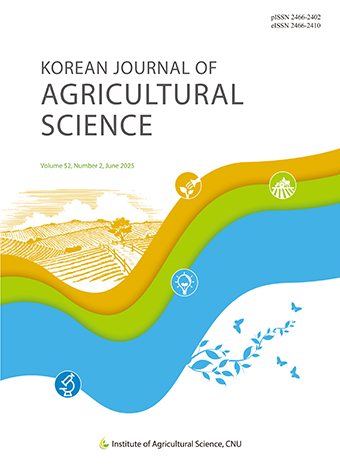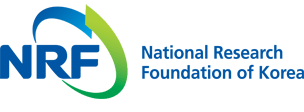Abstract
References
Sorry, not available.
Click the PDF button.
Information
Globally, abnormal climate phenomena have led to an increase in rainfall intensity, consequently causing a rise in flooding-related damages. Agricultural areas, in particular, experience significant annual losses every year due to a lack of research on flooding in these regions. This study presents a comprehensive analysis of the flood event that occurred on July 16, 2017, in the agricultural area situated in Sindaedong, Heungdeok-gu, Cheongjusi. To achieve this, the EPA (United States Environmental Protection Agency) Storm Water Management Model (SWMM) was employed to generate runoff data by rainfall information. The produced runoff data facilitated the identification of flood occurrence points, and the analysis results exhibited a strong correlation with inundation trace maps provided by the Ministry of the Interior and Safety (MOIS). The detailed output of the SWMM model enabled the extraction of time-specific runoff information at each inundation point, allowing for a detailed understanding of the inundation status in the agricultural area over different time frames. This research underscores the significance of utilizing the SWMM model to simulate inundation in agricultural areas, thereby validating the efficacy of flood alerts and risk management plans. In particular, the integration of rainfall data and the SWMM model in flood prediction methodologies is expected to enhance the formulation of preventative measures and response strategies against flood damages in agricultural areas.
Click the PDF button.
- Publisher :Institute of Agricultural Science, Chungnam National University
- Publisher(Ko) :충남대학교 농업과학연구소
- Journal Title :Korean Journal of Agricultural Science
- Journal Title(Ko) :농업과학연구
- Volume : 50
- No :4
- Pages :799 ~ 808
- DOI :https://doi.org/10.7744/kjoas.500417



 Korean Journal of Agricultural Science
Korean Journal of Agricultural Science









